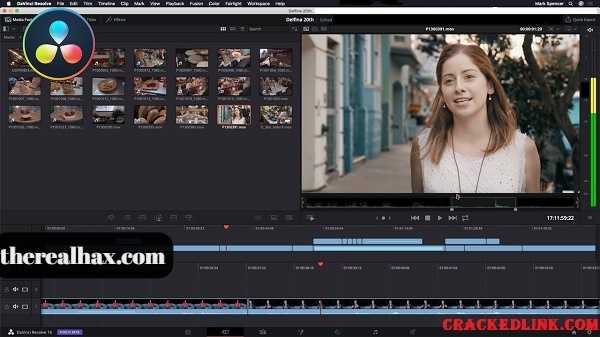
We, of course, have the on-screen buttons to zoom in and out, along with the respective keyboard shortcuts that do the same thing. There are numerous ways to navigate the timeline. Of course, you need to remember that this is turned off when you start making ripple edits that affect all tracks and want that marker to move. Select Ripple Timeline Markers to stop the marker from moving backward.

Now, when we ripple delete something from the timeline-or ripple edit, which pushes clips forward-the marker stays where it is. To stop the marker from moving backward, you simply go to the Timeline menu and select Ripple Timeline Markers. When I ripple delete the audio, the marker also moves back, but because the video has stayed where it is because autoselect on the video tracks was turned off, my marker is telling me I need to add my animation to the wrong point. However, let’s say I ripple delete a section of the soundtrack and voiceover, but still need the marker to remain in place over the video. Markers allow you to select the specific area you need to input graphics. I tend to use them a lot when I’m editing tutorials and want to mark the specific area where I need to input graphics. While you can find the video transcript below, I recommend watching the video tutorial to see exactly how the tips work.


 0 kommentar(er)
0 kommentar(er)
